It's a fairly simple circuit. The input voltage feeds both a voltage divider and a 5.1V reference, which are compared by an op-amp. If the input voltage exceeds 14.28V (set by the 18k and 10k resistors in the voltage divider), the op-amp turns on the MOSFET, which turns on the load. Since a freshly-charged Li-ion battery pack can exceed the MOSFET's 20V gate-to-source rating, the gate is driven through another voltage divider.
(The idea is largely cribbed from http://circuitdiagram.org/low-battery-voltage-cutoff-or-disconnect.html, but with the bipolar transistor and relay replaced with a MOSFET.)
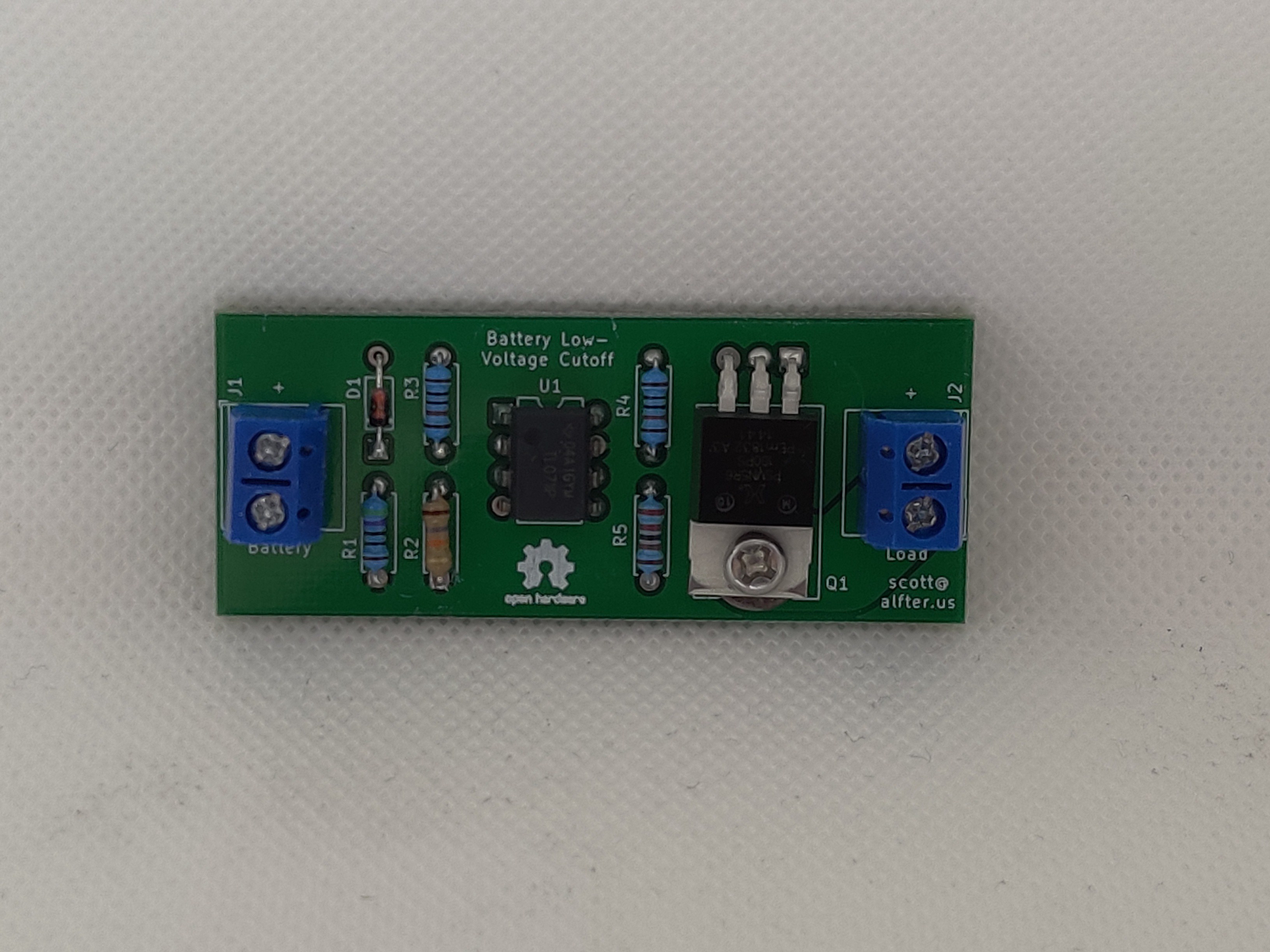
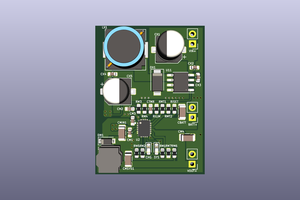
 akbarhash
akbarhash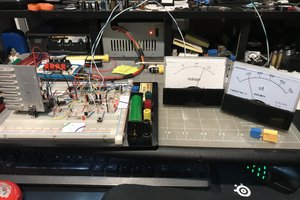
 ROFLhoff
ROFLhoff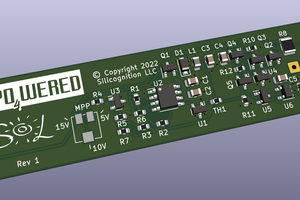
 Patrick Van Oosterwijck
Patrick Van Oosterwijck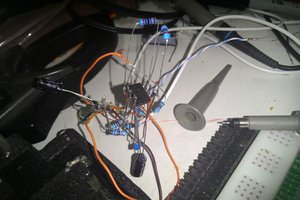
Does this circuit turn itself completely off to prevent parasitic drain on the battery?